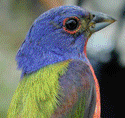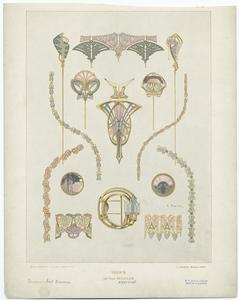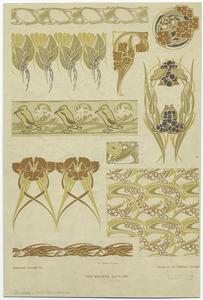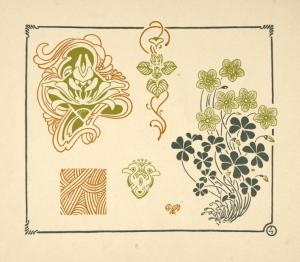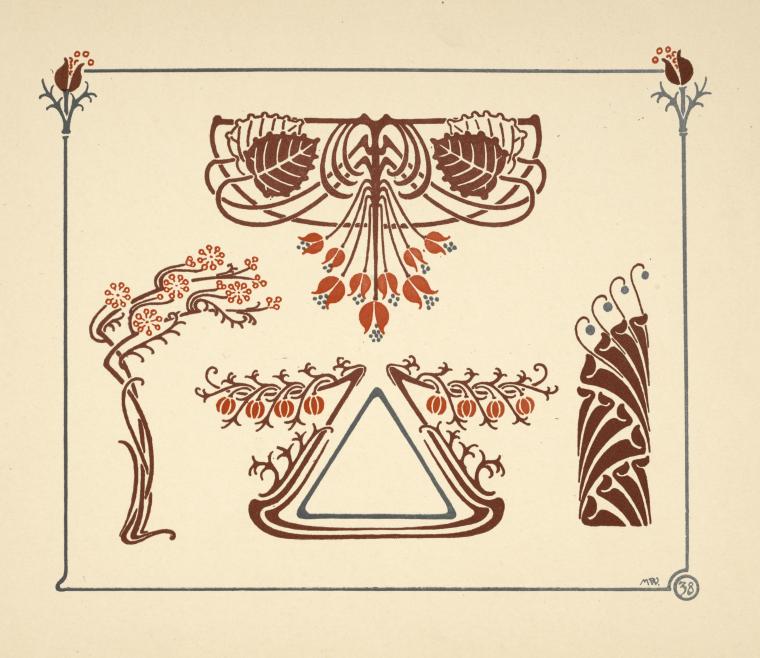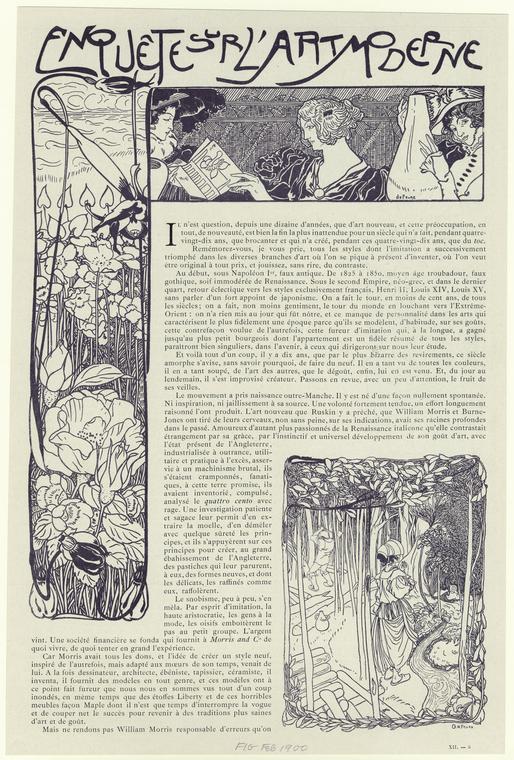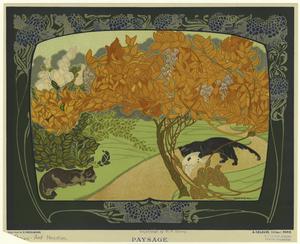- Sir George Frampton (1860-1928)
Sir Georg e Frampton began his career as one of the leading avant-garde sculptors in Britain. He used unconventional materials to create his works that were done in a combination of Art Nouveau and Symbolist styles. His work became more traditional later in his career. His most famous monuments from this period are from a series titled Peter Pan and are located in Kensington Gardens, the Edith Cavall memorial, and St. Martin’s Place. (http://wwar.com/masters/f/frampton-sir_george.html)
e Frampton began his career as one of the leading avant-garde sculptors in Britain. He used unconventional materials to create his works that were done in a combination of Art Nouveau and Symbolist styles. His work became more traditional later in his career. His most famous monuments from this period are from a series titled Peter Pan and are located in Kensington Gardens, the Edith Cavall memorial, and St. Martin’s Place. (http://wwar.com/masters/f/frampton-sir_george.html)-I like Frampton's work because I like Peter Pan and the sculptures are well detailed and are very visual.
- Louis Comfort Tiffany (1848-1933)
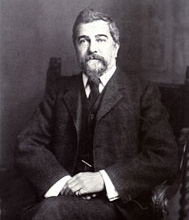
was an American artist and designer who worked in the decorative arts and is best known for his work in stained glass. He is the American artist most associated with Art Nouveau. Louis designed stained glass windows and lamps, glass mosaics, blown glass,
ceramics, jewelry, enamels and metalwork.
(http://wwar.com/masters/t/tiffany-louis_comfort.html) 
-I personally like Louis Comfort Tiffany's art because I like the look of stained glassed. He used a dragonfly in this piece to add a more elegant look and it pertains to what we are doing now with our dragonfly.
- Valentin Serov (1865 - 1911)

Valentin was a Russian artist who specialized in paint. He was considered a "premier portrait" of his era. He is most famous in the Art Nouveau era.

-I like Valentin's work because i feel as though he captures expressions very well.

















